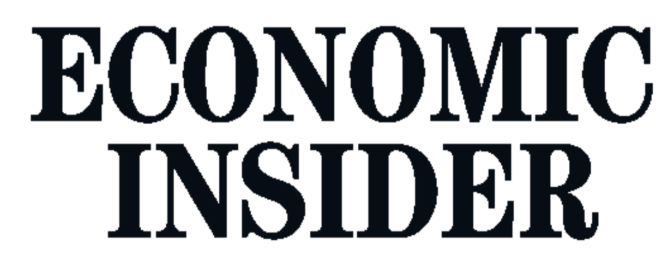Understanding the Dynamics of the Business Landscape
In the fast-paced world of business, staying ahead of the competition is crucial for sustained success. In this competitive analysis, we delve into the intricacies of the current business landscape, unveiling key insights that can drive informed decision-making.
Market Trends and Emerging Players
To comprehend the ever-evolving market trends, it’s imperative to analyze the players shaping the industry. Our research indicates a surge in innovative startups disrupting traditional paradigms. These emerging players are on a quest to redefine norms, presenting both challenges and opportunities for established businesses.
Unveiling Strategies for Growth
In the quest for sustainable growth, companies are employing diverse strategies. From strategic partnerships to technological advancements, businesses are navigating an intricate saga of decisions. Our analysis delves into these strategies, shedding light on the approaches that prove most effective in today’s dynamic market.
Data-Driven Decision-Making
In a business world inundated with data, the ability to make informed decisions is paramount. Leveraging tools like Google Analytics has become a standard practice. Our investigation explores how businesses are integrating data-driven decision-making processes into their day-to-day operations, ensuring transparency and efficiency.
Global Perspectives and Local Impacts
As a news article writer based in Los Angeles, understanding the global and local impacts of business decisions is crucial. We examine how globally dispersed teams are influencing the decision-making process and explore the implications of such collaborations on the local business landscape.
Long-Term Goals and Automation
Looking beyond the immediate horizon, businesses are setting long-term goals that involve streamlining processes. Your goal of automating the writing process aligns with this trend. We explore how companies are embracing automation to enhance efficiency and achieve sustainable success.
This competitive analysis provides a comprehensive overview of the current business landscape, from emerging trends to the importance of compliance and the role of digital marketing. By staying abreast of these dynamics, businesses can make informed, data-driven decisions, ultimately securing their position in an ever-changing marketplace.









